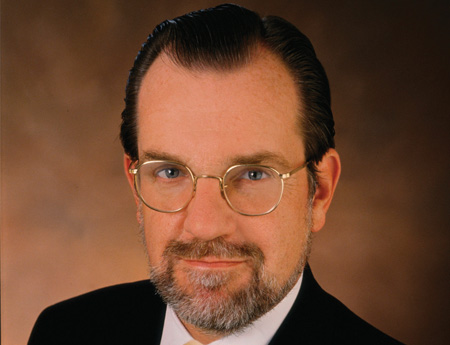New Research Documents Power of Good Old TV Advertising

Ever since retailer Sam Wanamaker opined that half his advertising was wasted—he just didn’t know which half—media owners have been looking for research to show how important ads are in the marketing mix.
Over the years, TV advertising has proved powerful, but its strength has been difficult to quantify. New digital media was easier to measure, giving it a leg up in some quarters.
Last week, in the midst of an upfront selling season in which it appeared that advertisers planned to reduce their spending on network TV, CBS research guru David Poltrack presented the results of a study showing that TV advertising’s long-term effect could be more powerful than previously postulated.
In the dark ages of 2001, a massive How Advertising Works study measured the short-term effect of TV spots on brands, but at the time, neither the tools nor the will was available to measure the long-term effects. A rule of thumb that the long-term effect of ads was twice that of the short-term impact was adopted.
At the Advertising Research Foundation’s Audience Measurement Conference, Poltrack presented a new study conducted by CBS, Nielsen Catalina Solutions and the Kellogg Co. that used accumulated single-source data to take a new look at the long-term effect of television advertising.
The study looked at five brands. Kellogg’s Special K cereal showed a long-term advertising value multiplier of 2.5, higher than the old benchmark. One unspecified soft drink brand registered a 3.5 multiplier, another checked in at 2.6. Two other brands finished below the benchmark. Advertising for a packaged dinner product had a longterm value of 1 and a toothpaste came in with a multiplier of 0.8.
“Think about the brands you work on,” Poltrack said during his presentation. “If the multiplier is a 1—are you giving advertising its fair due? If it is higher—a 2, 3 or 4—should you be spending much more on advertising?”
Broadcasting & Cable Newsletter
The smarter way to stay on top of broadcasting and cable industry. Sign up below
The Full Advantage
While Poltrack is a cheerleader for the value of TV advertising— particularly on CBS—most of the new research tools that have become available have pointed to the medium’s effectiveness. “Now we are able to get the full measure and I think in this case the meaningful part of that is not just that you quantify that advertising is even more impacting than the rule of thumb suggested, but that you are actually now able to show that that impact is affected by creative,” he told B&C. “It’s affected by the other things in your marketing mix, the way you combine media. Those variations are pretty substantial and so it’s not only time to measure it, but now is a time to manage this to make sure you get the full potential.”
Poltrack says CBS knows that TV advertising works, but that not all advertisers are getting the biggest bang for their buck. “That’s what we’re really focusing on, making sure that we provide tools that allow everyone to use it to its full potential. And document what that full potential is,” he said. CBS also presented another piece of research that looked at the effect of social media, social TV and second-screen devices. Guess what? All that stuff makes network TV stronger. “We’re hoping that advertisers will embrace that new environment and look at how they can use these new media to enhance the value of network television,” Poltrack said. “This is not a time that I think anybody should be decreasing their investment in network television advertising.”
ANALYST FANS AMC TAKEOVER SPECULATION
A Wall Street analyst believes some large media companies are looking at AMC Networks as an acquisition candidate. The TV business has been in the thrall of an urge to merge. The growing power of multichannel video programming distributors is one good reason for AMC—and other smaller programmers—to become a part of a more muscular company, according to David Miller of Topeka Capital Markets.
“We’d prefer investors go long [on] AMCX for the play into Walking Dead Season 5…and for the natural accretion inherent within [AMC’s February acquisition of] Chellomedia,” Miller said in a report last week. But when AMC reported higher programming spending than expected on new shows including Halt and Catch Fire, its stock tumbled, making it a cheaper target.
Miller says likely buyers are Viacom, Discovery, Time Warner and 21st Century Fox. All have cable nets at their core and have reach overseas, where Chellomedia does business, for growth, he says. AMC declined to comment.
Jon has been business editor of Broadcasting+Cable since 2010. He focuses on revenue-generating activities, including advertising and distribution, as well as executive intrigue and merger and acquisition activity. Just about any story is fair game, if a dollar sign can make its way into the article. Before B+C, Jon covered the industry for TVWeek, Cable World, Electronic Media, Advertising Age and The New York Post. A native New Yorker, Jon is hiding in plain sight in the suburbs of Chicago.










